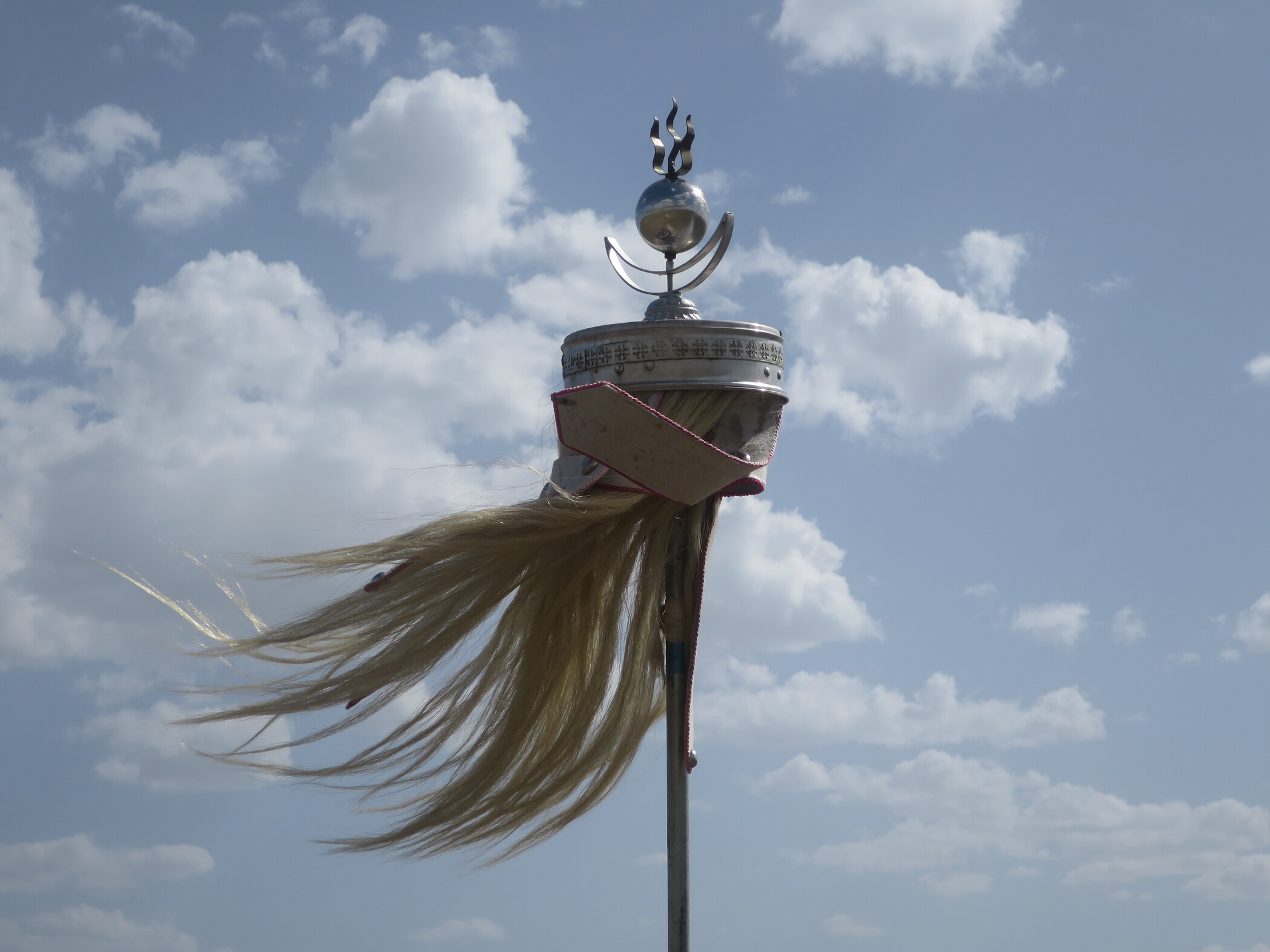Independence and Research Networks

The project “Independence and Research Networks: Building Institutional Collaborations between Austrian and Mongolian Academic Institutions” aims to upgrade, expand and deepen Austrian and Mongolian academic collaborations and intellectual networking in the field of Humanities and Social Sciences. With the support of Eurasia-Pacific UNINET following main activities were realised within six projects so far.
Part I: In August 2011 a Memorandum of Understanding was signed at the National University of Mongolia in Ulaanbaatar with participation of an Austrian AAS delegation. A guest lecture series by Austrian scholars of the Centre for Asian Studies and Social Anthropology and a round table conference on the occasion of the centennial anniversary of Mongolia's independence (title: “Mongolia on the eve of Independence and Modernity”) was organised by the Institute of Social Anthropology at the National University of Mongolia. Dr. Maria-Katharina Lang and Prof. Lkhamsuren Munkh-Erdene took part in the 10th Congress of Mongolists invited by the International Association for Mongolian Studies.
Part II: In March 2012 ISA hosted the symposium on “Anthropological Insights from Mongolia”. The keynote speech entitled “Respect and power without resistance” was given by Prof. Bumochir Dulam. Followed by the lectures of Lkhagvademchig Jadamba “Enthronement on the lion throne: On the path of institutionalizing Mongolian Buddhism”, Tsetsentsolmon Baatarnaran “To Share or not to share: Intra-Mongol dispute over intangible cultural heritage” and Chuluunbat Purvee "Soviet style education in Mongolia".
Part III: Prof. Erdenebold Lkhagvasuren was invited to attend the third international colloquium of SEECHAC Société Européenne pour l'Étude des Civilisations de l'Himalaya et de l'Asie Centrale, European Society for the Study of Himalayan and Central Asiatic Civilizations) held in November 2013 at the Austrian Academy of Sciences in Vienna. He presented the paper “The Art Gallery of Nomads” and gave insights into newest archaeological findings in Mongolia. A joint field research by Austrian and Mongolian partners in Mongolia took place in June/July 2014.
Part IV: Artefacts as Links. A comparative research
After the participation of Dr. Maria-Katharina Lang and Prof. Erdenebold Lkhagvasuren with paper presentations at the international conference “Ancient Cultures of Mongolia, Baikalia of Siberia and the Northern Area of China” in Hohhot, a short-term field research was held in Inner Mongolia (PRC) from October 17-21, 2015 (Team: Tsetsentsolmon Baatarnaran, Lkhagvademchig Jadamba, Ph.D cands. (NUM) and Dr. Lang) – mainly to document museums and monasteries in Hohhot, Baotou city and surrounding areas. The second field trip to Hohhot and Shangdu took place in June 2016 (22-27) with participation of Prof. Erdenbold, Mag. Baatarnaran. The main focus of both fieldtrips was to observe material culture such as cultural monuments and artefacts in Inner Mongolia and explore histories attached to them in different periods of time. Another focus of the field research was to compare the cultural life among Mongolians in Mongolia and Inner Mongolia (PRC).
Part V: Artefacts as links between Mongolia and Austria
The main project result supported by EPU’s travel funding was the exhibition Artefacts as Links: Retracing Hans Leder (21.06.-31.07.17) at the Bogd Khan Palace Museum in Ulaanbaatar and the concomitant bilingual book publication. Both give an insight into Mongolian-Austrian/European relations and cultural transfers. Relevant historic texts were translated into Mongolian for the first time to reach the Mongolian audience and Hans Leder’s historic travel account was set in dialogue with local narrations. A workshop “Nomadic Artefacts and Exhibition Making” was held in the museum by Mag. Sturminger and Dr. Lang, followed by a short field trip to Kharkhorum, with the participation of Prof. Erdenebold and Mag. Baatarnaran. In December 2017 a project workshop was organized at Weltmuseum Wien with lectures by team members and invited guests.
Part VI: ON FREEDOM AND IMPRISONMENT IN INNER ASIA (EPU 50/ 2017)
This project aimed to research the history and traces of two travellers from the Austro-Hungarian Empire in Inner Asia: Hans Leder (1843–1921) and Erwin Lang (1885-1962). Both came to the Asian peripheries of the Russian Empire, Siberia, the Far East or Mongolia, time-shifted and under different circumstances: Hans Leder voluntary as a free and mostly independent researcher, mainly entomologist and the artist Erwin Lang involuntary, forced as a prisoner of WWI. In this pilot-project in cooperation with Mongolian and Buryat-Russian scientists traces of their travels and stays in Transbaikalia were analysed. Field research in July 2018 aimed at re-traveling parts of their routes. Crucial places such as the Mongolian/Russian border town Kiakhta, Ulan-Ude and Chita were compared with descriptions in their travelogues. Local museums and archives were visited and Russian scientists consulted for future cooperation.
Project leader:
Maria-Katharina Lang
Cooperations:
National University of Mongolia, Mongolian University of Science and Technology, Mongolian Academy of Sciences
Duration:
01.06.2011 -
Financing:
Eurasia-Pacific UNINET